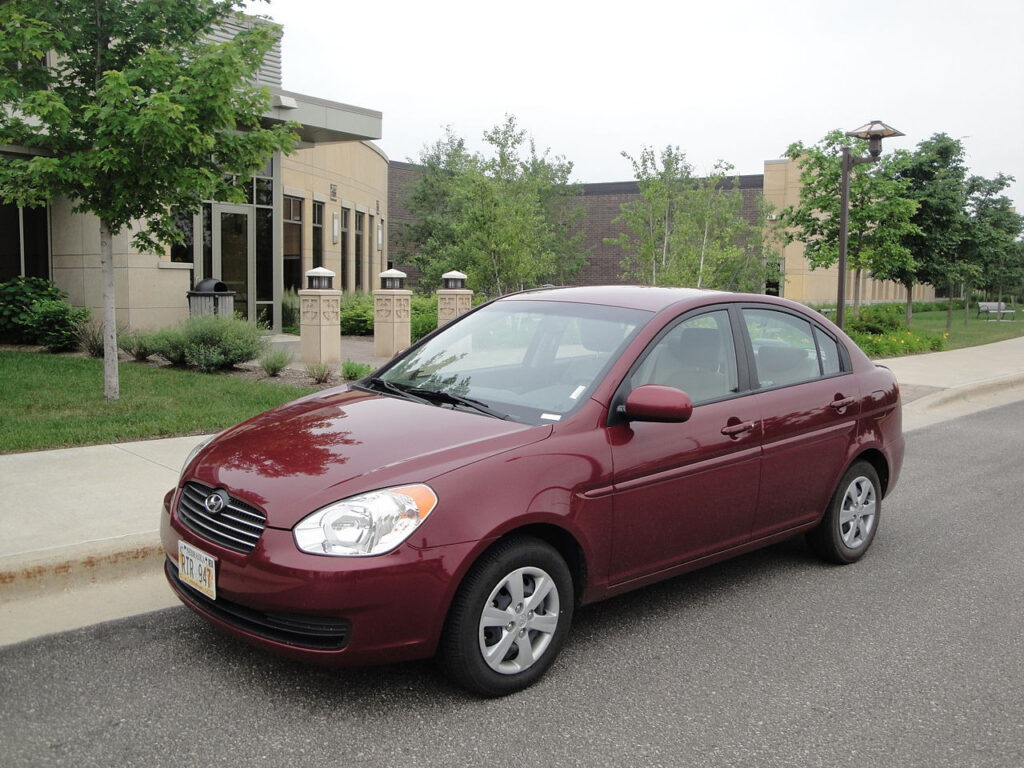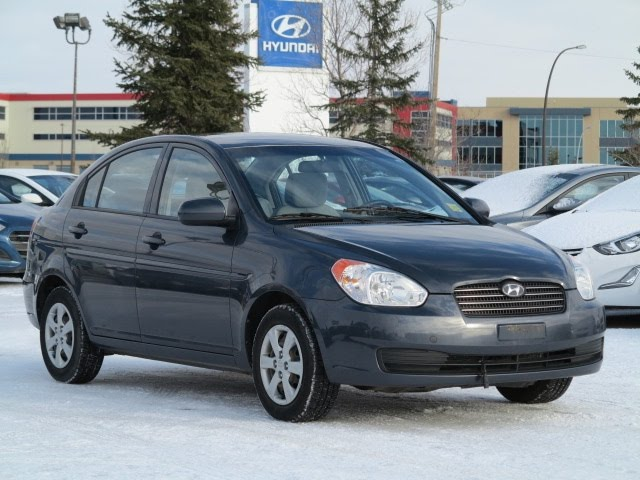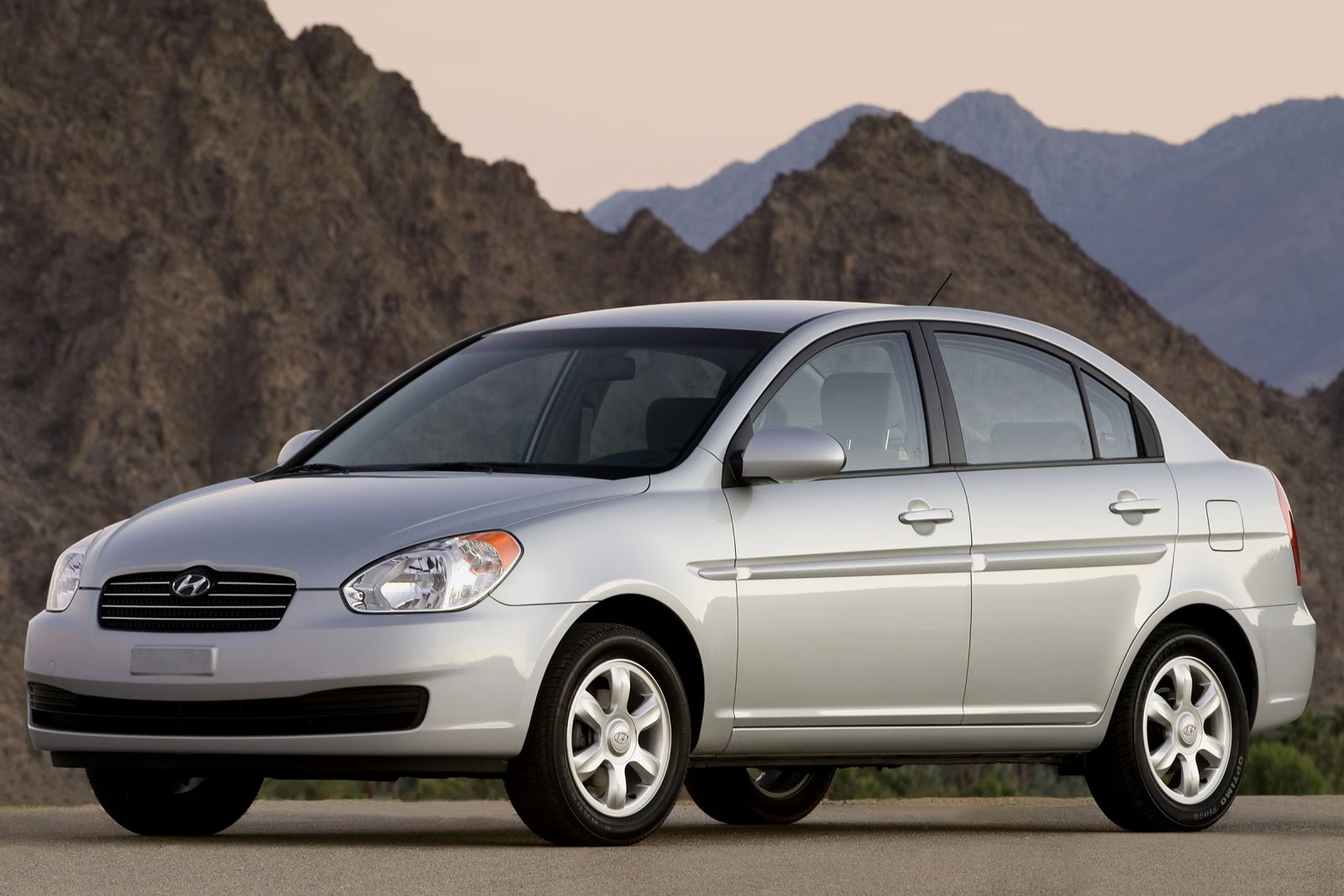How to Solve Common Mechanical Problems on Your 2010 Hyundai Accent
When your car starts to develop mechanical problems, it can be a frustrating experience. However, the good news is that most of these problems are relatively minor and can easily be resolved by a qualified technician.
Your transmission is an essential part of your vehicle and should be serviced regularly to ensure it performs its best. Here are some common transmission issues that should be addressed by a professional technician as soon as possible.
Brakes
The brakes on your 2010 hyundai accent are crucial to the safety of your vehicle. They help you stop quickly when you need to and can be the difference between a serious accident and a minor fender bender.
Brakes are a complex system that includes a number of different parts. This is why it is important to have your braking system inspected regularly by a trained mechanic.
One of the most important parts of your braking system is the fluid that powers all of the components in it. This is why it is so important to keep your brake fluid in good condition by flushing and replacing it from time to time.
The brake fluid in your hyundai accent is a specialized type of hydraulic fluid that moves certain parts within your vehicle’s braking system. It’s a difficult job that requires precise control and precision under high pressures and temperatures, so it’s important to ensure that the brake fluid in your hyundai Accent is always working properly.

Engine
If you’re in the market for an inexpensive car with plenty of value, the 2010 Hyundai Accent is worth considering. It’s one of the most reliable small vehicles in its class, and it has a five-year/60,000-mile basic warranty.
The 1.6-liter four-cylinder engine in the 2010 Hyundai Accent is surprisingly powerful for an entry-level economy car. It can get up to 60 mph in no time, and it’s more than happy to cruise at highway speeds.
But a recent recall (NHTSA campaign 131, NHTSA number 15V56600) warns that some 2009-2011 Hyundai Accents may suffer from malfunctioning brake light switches. If the switch is not properly working, it can prevent the driver from disabling cruise control by pressing the brake pedal, or it can keep the brake lights on even if the driver doesn’t press the brakes.

Transmission
The transmission is the heart of your Hyundai Accent, so it’s important to know how to troubleshoot and repair it. If your car is experiencing transmission problems, you can take it to a qualified mechanic who can help you diagnose and fix the problem quickly and effectively.
Slippy shifting and clunks are common symptoms of a leaky valve body solenoid. These issues typically occur on older Hyundai vehicles with a 4-speed automatic transmission and get worse over time.
If your 2010 hyundai accent has a transmission problem, you might need to add fluid or replace the valve body. This is a relatively simple process and will usually correct the issue.
Another common transmission problem is a faulty gear selector range switch. This can be caused by a clogged transmission oil cooler or by other issues. Spraying penetrating oil can sometimes fix this problem.

Airbags
The Accent is one of the most affordable sedans on the market and has a generous list of standard safety features. It earned five stars in government frontal impact crash testing and offers antilock brakes with electronic brake-force distribution on SE and GS hatchback models.
If your airbag warning light is constantly on, there could be a problem with the air bag sensor. It may have to be replaced to fix this issue.
The seat belt buckle sensor on some Hyundai models wears out over time, triggering the airbag warning light to illuminate the dashboard. This is often caused by the microswitch in the buckle failing to function correctly.

Windows
If you have a 2010 Hyundai Accent, you may be noticing that the windows on your vehicle aren’t working properly. They may not roll up or down or they may even slam shut.
This happens because the glass windows are set on tracks within your door panel. When those tracks become dislodged, the window won’t engage with the motor and will slam shut.
If you are experiencing this problem, it is best to visit a mechanic as soon as possible. You don’t want to risk a cracked cylinder or blown head gasket.

